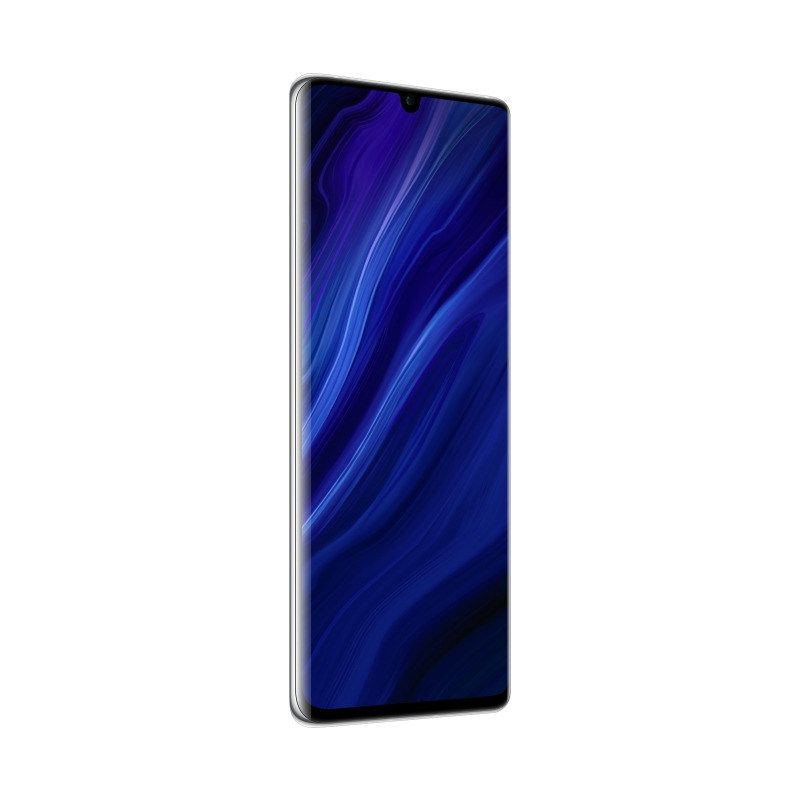Owing to the lockdown imposed by the government to prevent the spread of COVID-19 in India, several smartphone OEMs had previously postponed new smartphone launches in the country. But with the recent lockdown relaxation, manufacturers have once again started launching new devices in the market. In the past few weeks, we’ve seen several new devices hit the market, including the OnePlus 8 series, Xiaomi Mi 10, and the Realme Narzo series. Adding on to the list, Chinese OEM Vivo has now launched the Snapdragon 712-powered Vivo V19 in India.
Vivo V19 Specifications
| Specification | Vivo V19 |
|---|---|
| Dimension & Weight |
|
| Display |
|
| Security |
|
| System-on-Chip | Qualcomm Snapdragon 712 |
| RAM | 8GB |
| Storage |
|
| Battery & Charging |
|
| Rear Camera |
|
| Front Camera |
|
| Software Version | Funtouch OS 10 based on Android 10 |
| Connectivity |
|
| Colors | Mystic Silver, Piano Black |
The all-new Vivo V19 packs in a 6.44-inch FHD+ AMOLED display with a dual-hole punch cutout in the top right corner for the selfie cameras. Both the front and the back of the device are protected by Corning Gorilla Glass 6. As mentioned earlier, the device is powered by Qualcomm’s mid-range Snapdragon 712 chipset, coupled with 8GB of RAM and up to 256GB of internal storage.

In the camera department, the Vivo V19 features a quad-camera setup on the back arranged in an L-shaped array. These include a 48MP primary camera, an 8MP ultra-wide camera, a 2MP sensor for depth perception, and a 2MP dedicated macro camera. Over on the front, the device has a 32MP primary selfie shooter and an 8MP 105° wide-angle camera.

The Vivo V19 features a design similar to most other modern smartphones, with a large rectangular camera module on the back and minimal bezels over on the front. Both the volume rocker and power button can be found on the right edge of the device, with the SIM card tray housed on the left edge. The device has a USB Type-C port for charging and data syncing, along with other connectivity options like Bluetooth v5.0, 2.4GHz/5GHz dual-band WiFi, and OTG support.

Rounding things off is a respectable 4,500mAh battery with support for 33W FashCharge 2.0, which is capable of charging the battery from 0 to70% in 40 minutes with the included charger. As with most other Vivo devices launched recently, the Vivo V19 runs Funtouch OS 10 based on Android 10.
Pricing and Availability
The Vivo V19 will be available in two color variants — Mystic Silver and Piano Black — at a starting price of ₹27,990 (~$370) for the 8GB/128GB variant. The 8GB/256GB variant, on the other hand, has been priced at ₹31,990 (~$424).

The device will go on sale starting May 15th via the company’s own online store, Amazon.in, Flipkart, and partner offline stores. Vivo has also extended a couple of launch offers for early purchasers, including 10% cashback with HDFC and ICICI credit cards, one-time free screen replacement, no-cost EMI options for up to 12 months, and exclusive Jio/Airtel benefits.
The post Vivo V19 with Snapdragon 712 and 33W FlashCharge 2.0 launched in India appeared first on xda-developers.
from xda-developers https://ift.tt/2zrKOXU
via IFTTT






